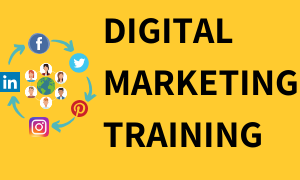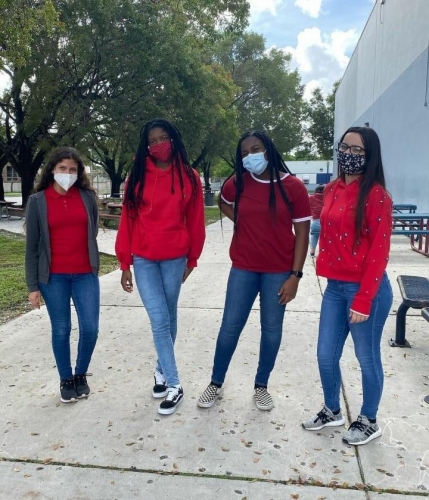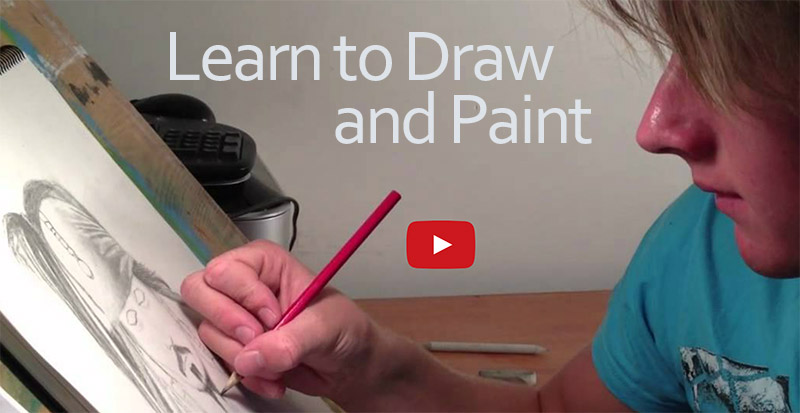
Students learn social emotional skills through activities that help them to have a better view of others and themselves. This makes them more capable of being good citizens and learners. These activities have long-lasting positive effects and can be used in educational settings. Teachers can create social emotional learning programs that benefit students in elementary, middle and high school. This will improve the classroom's overall environment.
Get to know your students to start your program. Pay attention to their facial expressions and behavior. It is important to learn about their relationships at home and with other students. It is possible to begin to spot small cues such as facial expressions that indicate they need more practice in social skills.
First, identify the types of emotions that can arise in class. For example, confusion, anger, sadness and even anger can all arise in class. Talk to your students about the meaning of these feelings and how you can help them. Ask them to make a list of their most common feelings, as well as the words that describe them.

You can then create an emoji list for students to easily identify their emotions. It's a good idea also to print a series cards with pictures and words that represent different emotions. Students can stick the cards on their ring to keep track of their moods.
Role-play scenarios are another option. For example, during a story, have students walk around the room, making a face that represents one of their emotions. Find a friend they can feel connected to. This will allow them the opportunity to express their feelings about a particular color, or character.
Twinkl has social and emotion learning activities that can be used with digital resources. The company offers many social and emotion learning tools that are available in PDF format. These worksheets are both instructional and independent work. Twinkl digital tools will allow you to teach social, emotional and communication skills to your students.
Encourage your students to write their own stories as you work together. This will allow them to understand empathy and how it can be beneficial for the classroom. Stories can also be used to teach vocabulary and comprehension skills.

These activities will help students create an emotional tower to support academic success. Students can learn to manage their emotions and make healthy decisions. They also have the opportunity to build strong relationships with fellow classmates. Doing this will help improve the culture in your classroom and increase academic performance.
Students can learn empathy through random acts of kindness in the classroom. This can happen through a morning or daily check-in. The kindness of students to each other builds bonds in the classroom as well as outside. In addition, the students will learn the value of being kind and the positive impact that it can have on the community.
FAQ
What's the point of education or schooling?
Education should provide students with skills that will help them find work. Education is more than a academic pursuit. It's a social activity that allows children to learn from one another and gains confidence through participation in arts, music, and sports. Education is about teaching students to think critically and create in order to be independent and self-reliant. What does it mean for a school to be able to meet high educational standards?
Educational standards that promote student success are considered good. They set clear goals that teachers and pupils work towards. Good educational standards are flexible enough to enable schools to meet changing needs. Fair and equitable education standards must also be maintained: Every child is equal in terms of chance of success, regardless of his/her background.
Do you need to go to college to become an early childhood educator?
Yes, but you may consider attending college to help prepare for a career.
It's important to note that becoming a teacher isn't easy. Each year there are many applicants that are not accepted into programs. Many people also leave college after only one semester.
On top of all this, you still have to meet strict qualifications to become a teacher.
What are the types of early child education?
There are many different ways to describe early childhood education. The most common are:
-
Preschool - Children ages 2 to 5
-
PreKindergarten – Children aged 4-6
-
Head Start/Headstart for Children Ages 0-3
-
Day Care/ Daycares- Children aged 0-5
-
Child Care Centers – Children aged 0-18
-
Family Child Care - Children from 0-12 Years of Age
-
Homeschooling - Children from KG to 16
Statistics
- And, within ten years of graduation, 44.1 percent of 1993 humanities graduates had written to public officials, compared to 30.1 percent of STEM majors. (bostonreview.net)
- They are more likely to graduate high school (25%) and finish college (116%). (habitatbroward.org)
- These institutions can vary according to different contexts.[83] (en.wikipedia.org)
- Globally, in 2008, around 89% of children aged six to twelve were enrolled in primary education, and this proportion was rising. (en.wikipedia.org)
- Think of the rhetorical power of nineteenth-century abolitionist Harriet Beecher Stowe, Martin Luther King, Jr., or Occupy Wall Street activists with their rallying cry of “we are the 99 percent.” (bostonreview.net)
External Links
How To
What is vocational education?
Vocational education is an educational program that prepares students to work after high school and college. It teaches them specific skills for specific jobs (such as welding). You can also get on-the job training through apprenticeship programs. Vocational education differs from general education because it focuses on preparing individuals for specific careers rather than learning broad knowledge for future use. Vocational education does not prepare students for university, but it helps them find work after graduation.
Vocational education can take place at all levels of schooling. This includes primary schools, secondary schools and colleges, universities as well as colleges, technical institutes, technical colleges, trade schools, community college, junior colleges, four-year colleges, and colleges. You can also find specialized schools such a culinary arts school, nursing school, law school, medical schools or dental schools. Many of these schools offer both academic instruction and practical experiences.
Over the past decade, a number of countries have made substantial investments in vocational education. These include Australia, Denmark and Finland, Germany. The effectiveness of vocational education is still controversial. Some critics say it does not improve students' employability. Other argue that it prepares them well for life beyond school.
The U.S. Bureau of Labor Statistics estimates that 47% of American adults possess a postsecondary certificate, or degree related to current occupation. This percentage is higher among those with higher education. 71% percent of the 25-29 year olds with a bachelor's degree are currently working in fields that require postsecondary credentials.
In 2012, the BLS reported that nearly half of the nation's adult population had at least some form of postsecondary credential. A third of Americans have a two-year associate's degree and 10% hold a four year bachelor's degree. One in five Americans has a master's or doctorate.
In 2013, the median annual wage for persons holding a bachelor's degree was $50,900, compared to $23,800 for those without a degree. The median income for those with advanced degrees was $81,300.
For those who did not complete high school, the median wage was only $15,200. Those with less than a high school diploma earned $13,000 per year.